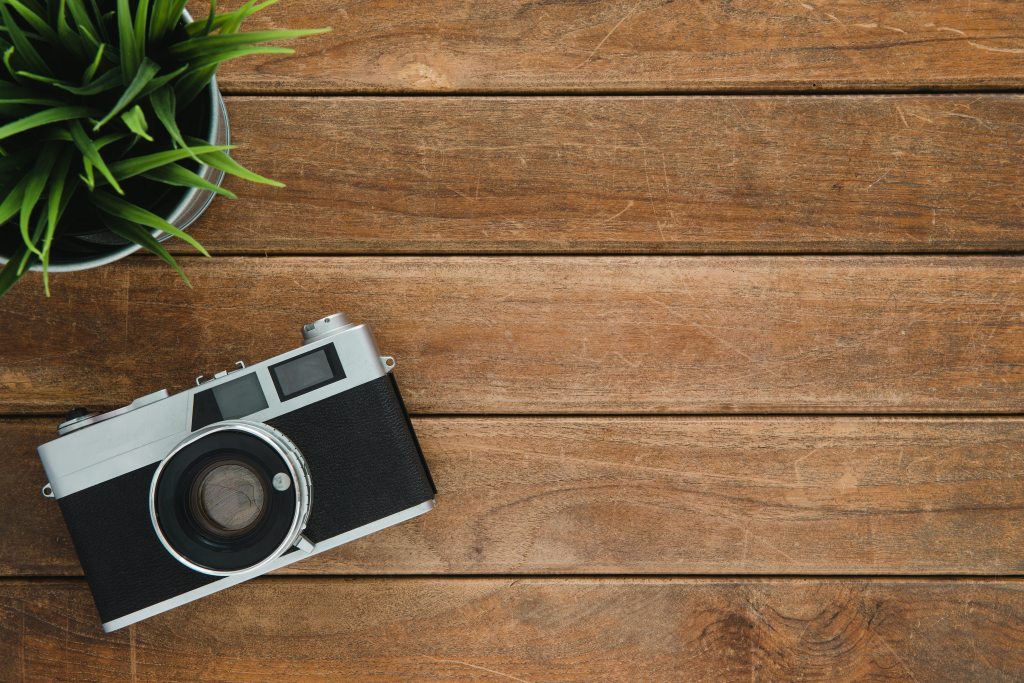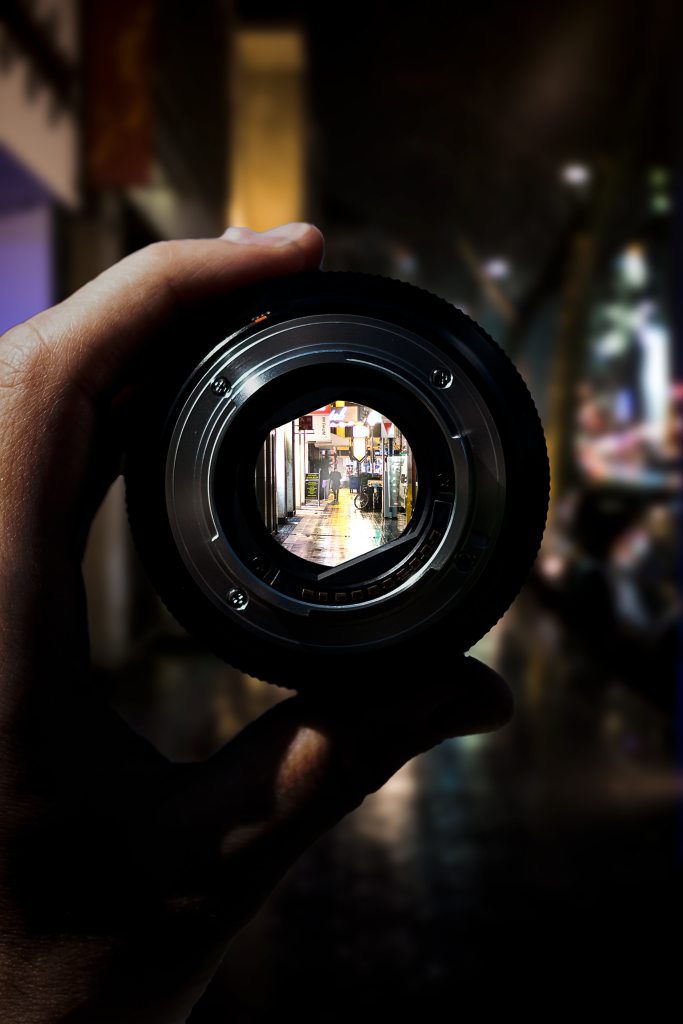We as a human, we’re born as a social creature who likes to connect, befriend them and share memories. Earlier, we usually jot them down into personal diary. However, people still prefer to write in a journal, but in the age of digitalisation, blogging is on the verge. The blog has several media like images, videos, and noteworthy to mention, “the camera” through which they capture it. Almost every digital device like the smartphone, digital cameras, DSLRs used for capturing moments and sharing them with friends, relatives and acquaintances. Even the cameras used for security purposes like home security, theft detection etc. We also heard about thermal imaging camera, IR camera used for scientific purposes, also by photographers for night scenes while filming a documentary or a show.

Why do we need a camera when we have eyes to see it? The camera can be a boon or bane, useful for creating history so that people can know more about us in the future generations, can work as a piece of prime evidence for and save lives. The camera can be bad for several reasons like privacy invasions, clicking pictures without permission. Many institutions, hospitals don’t allow to capture images/videos, and it’s a quite controversial and debatable topic. The camera supports us to visualise the scenes even after a decade or more, and when we look back at them, we can still feel the positive vibes.

Every invention has an origin, the portable camera was first invented by Johann Zahn in 1685, although in 1814, Joseph Nicephore Niepce took eight hours to click the first photograph. Before many more camera like instruments has come into the picture, most of them were merely able to screen the image, even pinhole camera is one of the discoveries such made. Now, we can share it in digital format, make a fabulous endzone video, and apply filters where AI has played a significant role. We share the images and showcase our memories on social media, through emails and also physical printed with photo frame. Earlier, the old technologies used photographic plate or on the film, now due to advancement in science and technology, we use the electronic image sensor. You may have heard the term CMOS sensor, a semiconductor device used in imaging after the 1960s before that CCD image sensor as seen in earlier digital cameras.
We know a lot about its history, let’s see how the digital camera works. There are several patents, and you can see one of them below:
https://patents.google.com/patent/US4131919
Camera lens now is the key to imaging which helps to take images in milliseconds. In simple terms, most of the light around the lens is captured and focused on a single point resulting in a sharp image. Further, conversion into a digitised format takes place. There are numerous processes involved in a single shot of image captured. We can zoom in by moving the lens far from the camera sensor. The focal length is one of the key terms associated with the zooming. You may have seen DSLRs depicting the focal length of the lens, focal aperture. These are some of the few words in the world of photography.

Researchers from the Chalmers University of Technology in Sweden have devised a technology for ‘metasurfaces’, an artificial material with lots of interacting nanoparticles that can control light. They are working on this as the technology of the camera lens hasn’t changed for an extended period. You can read the publication mentioned below:
https://pubs.acs.org/doi/10.1021/acsphotonics.9b01809
Photography has a separate fanbase. Almost everyone loves capturing moments, maybe the happiest moment when you made your first steps or perhaps where you got grand success. The digital era keeps on growing and always kept us astonished.


